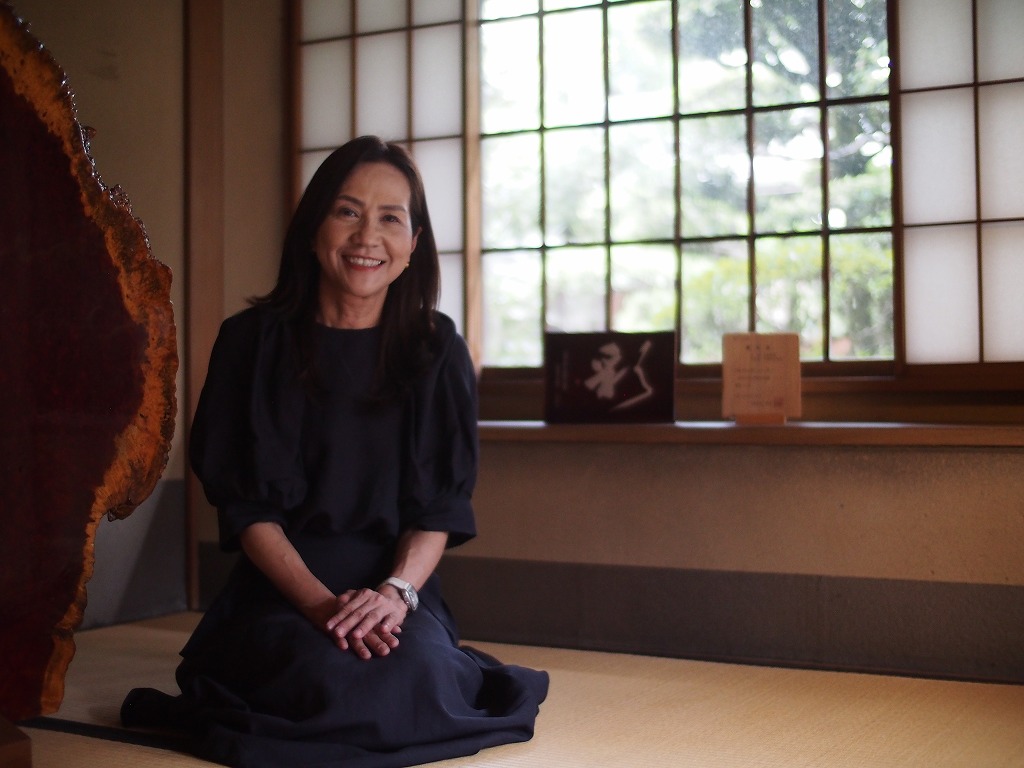新闻
Introducing our new article: “What is most important in making the maintenance and utilization of a cultural property compatible with each other?”
新闻
Introducing our new article: “What is most important in making the maintenance and utilization of a cultural property compatible with each other?”
We added a new article to the "People" section. We hope you enjoy it!
What is most important in making the maintenance and utilization of a cultural property compatible with each other?
In the Omuro area of Kyoto, known as home to Ninna-ji Temple, there is a 1930's suburban estate with exemplary architectural and landscape features that are well maintained with their original appearance.
The name of this estate registered as a National Tangible Cultural Property is Kyutei Omuro, meaning "the Former Omuro Estate." The estate is mainly rented out as a venue, with the entire garden and buildings together, for various occasions including location shooting, banquets and seminars. Special admission days and the Bishu Rakutei beer garden days have also been hosted, enchanting many visitors with the intangible qualities it holds as a place beyond its architectural marvel.
Behind it all, are the people who took action to protect and pass on this heritage to future generations with solid determination.
In other words, as Ms. Yamamoto, the director of Kyutei Omuro, said, "It is the people that make a cultural property attractive." This article is based on an interview with Ms. Yamamoto on how people can enhance the value that a cultural heritage site holds.


